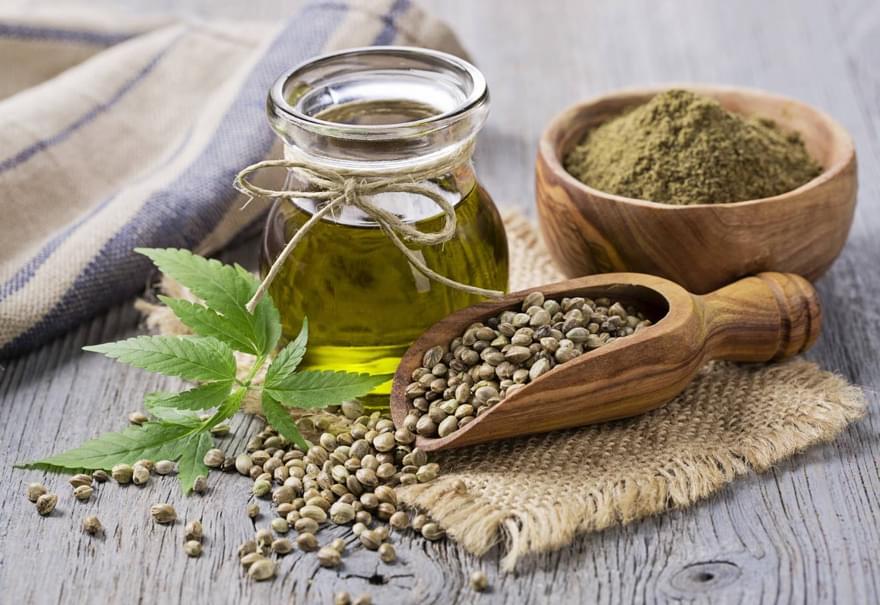
Hemp Seed - A Powerhouse of Health for Your Dog
Guest Blog: Anna Webb
Hemp seed and hemp seed oil are a powerhouse of health that's good for the planet, biodiversity and your dog. Find out why here.
Guest Blog: Dr Conor Brady
Dr Conor Brady explains why there is often confusion around allergies and how to understand what is really going on with your symptomatic dog. This blog comes just in time for Allergy Awareness Week. Read on to find out more from our expert.

Dogs with mysterious “allergies” make up the lions share of people coming to us raw promoters, be they canine nutritionists or raw dog food manufacturers, looking for help. The reason being, somewhere along the line, someone alerted them to the fact this may all be a gut issue. And they're right.
Imagine, with just one simple change, all these allergy dogs suffering recurring skin, ear and gut conditions very often completely recover on raw dog food. No more itching. No more explosive diarrhoea. No more powerful, synthetic meds. No more ridiculous, nutrient-bereft, grossly over-priced (and very often entirely ineffective) “hypoallergenic” dry foods. Nothing but a tasty, deeply nutritious, life affirming meal every morning and night (and a couple of extra bits...!).
For allergies in dogs, here's what to do and why you need to do it.
Before we begin, we must correct the terminology. Most vets (and thus pet owners) in this situation use the word “allergies” when describing the dog's condition but I assure you, for the vast number of “allergy” dogs in this situation, what you are seeing is not a true allergy but something else. And I can prove it.
Think of a man on his hands and knees gasping for breath after eating a peanut. That is anaphylactic shock. That is a true allergy. Whilst not all allergy reactions are that serious (some develop a flaming skin rash with or without a difficulty breathing, digestive issues are a near certainty if food related), most are sudden and quite dramatic. They result from a genetic mishap in the individual and bar immunotherapy (very hit and miss and not recommended) there is nothing much you can do about them. Thankfully, true allergic reaction, certainly to food, is rare in the general population, affecting between 1-3% of both the human and dog population.
However, a true allergy is but one type of sensitivity. There are others, intolerance being among them. While we are still today feeling our way along with this one, we know the symptoms, certainly if food related, can be very similar, only it's not as dramatic. It’s slower to act, more chronic, building over time. It creeps in under the radar. However, over time food intolerance is just as destructive long term and it’s very likely why you’re here today.
The problem we have is that food intolerances commonly go undiagnosed. To that extent, they cook away beneath the surface, disrupting the gut and ultimately creating huge amounts of inflammation which can present in a myriad of ways on the surface – recurring skin, ear and gut conditions (like true allergies, just perhaps not as severe) and even behavioural problems. Left unchecked, this can hammer an immune system, rendering it hyper-responsive to issues in the future – such as the bite of lowly flea, or the inhalation of a simple pollen or dust mite.
A key difference between the two is that food intolerances are nothing to do with genetics. They are a physical issue. They are created (a nasty infection can do it, as can a chemical insult but the most likely reason is a ruined gut). The good news is that, unlike allergies, if the pop up for a reason then you can (hopefully) put them back in the box. Studies show that's exactly what's happening
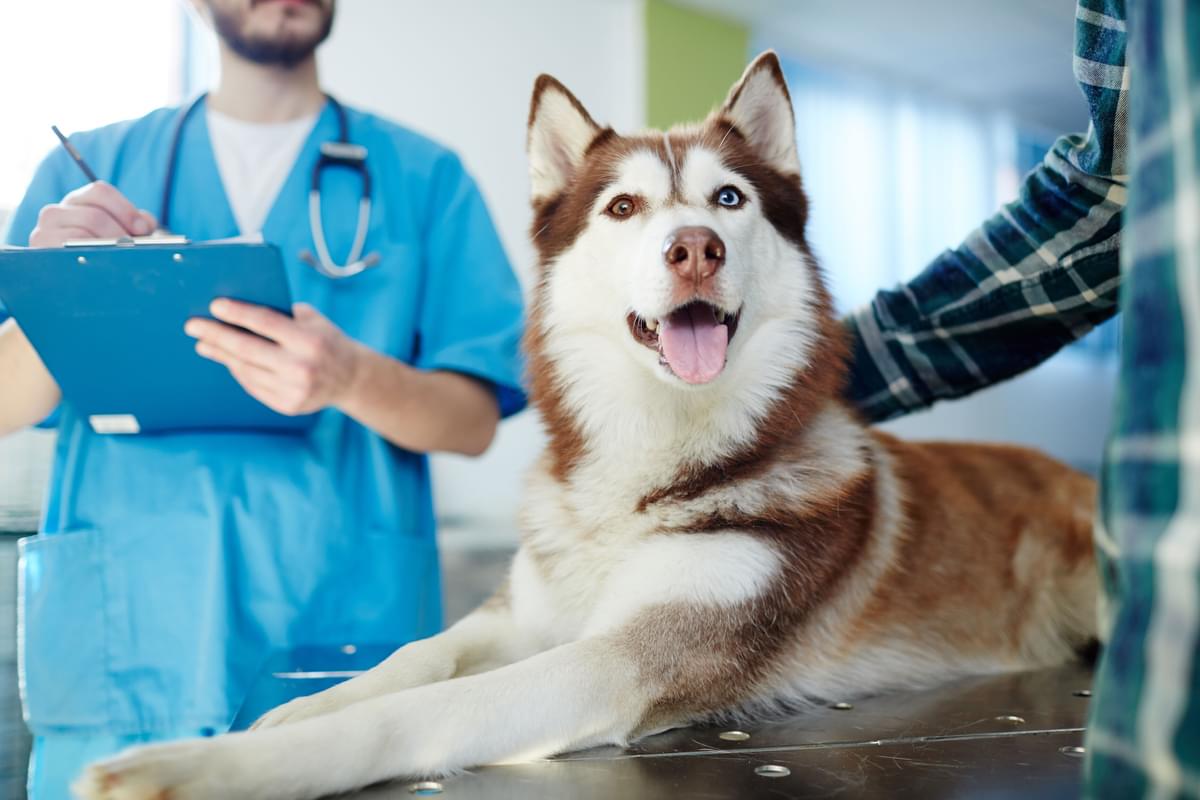
When dogs with “allergies” present to us at Dogs First we tend to ignore the allergy reports (more on that later) and focus instead on healing the gut. This means getting them on to a simple raw diet and usually most of the dogs previous “allergy” symptoms evaporate. If this dog had a true “allergy” that would not occur.
But don't just take my word for it. With the now millions of happy raw-feeding customers extolling the benefits of real food, Professor Hielm-Björkmans' first exploratory work into raw was to see how many came to raw with a condition and how many of those dogs improved with the change. Of 632 raw-feeding clients she interviewed, 206 owners reported that their dogs initially had skin issues. Of these, 152 (74%) voluntarily reported total recovery from symptoms while a further 36 (17%) voluntarily reported ‘significant recovery’ from symptoms after their change to a raw dog food diet. That’s 91% of dog owners reporting a significant to total recovery following their move to raw dog food. 145 dogs had gastrointestinal problems prior to their dietary change. 127 of those (88%) enjoyed a complete recovery following a change to raw (with a further 6% experiencing ‘significant recovery’). That’s 94% reporting significant to total recovery of gut issues.
We have since learned, thanks to Professor Hielm-Björkmans' team at the University of Helsinki (DogRisk), that dry food is significantly more inflammatory to dogs (ten times so in fact). Further, dry fed dogs have more cytokine expression in the skin layers. Also cited in that piece is a giant, peer-reviewed study that revealed feeding raw early to expecting bitches significantly reduces the likelihood of atopic dermatitis later on in the pups life (a condition some vets may put down to “allergies”).
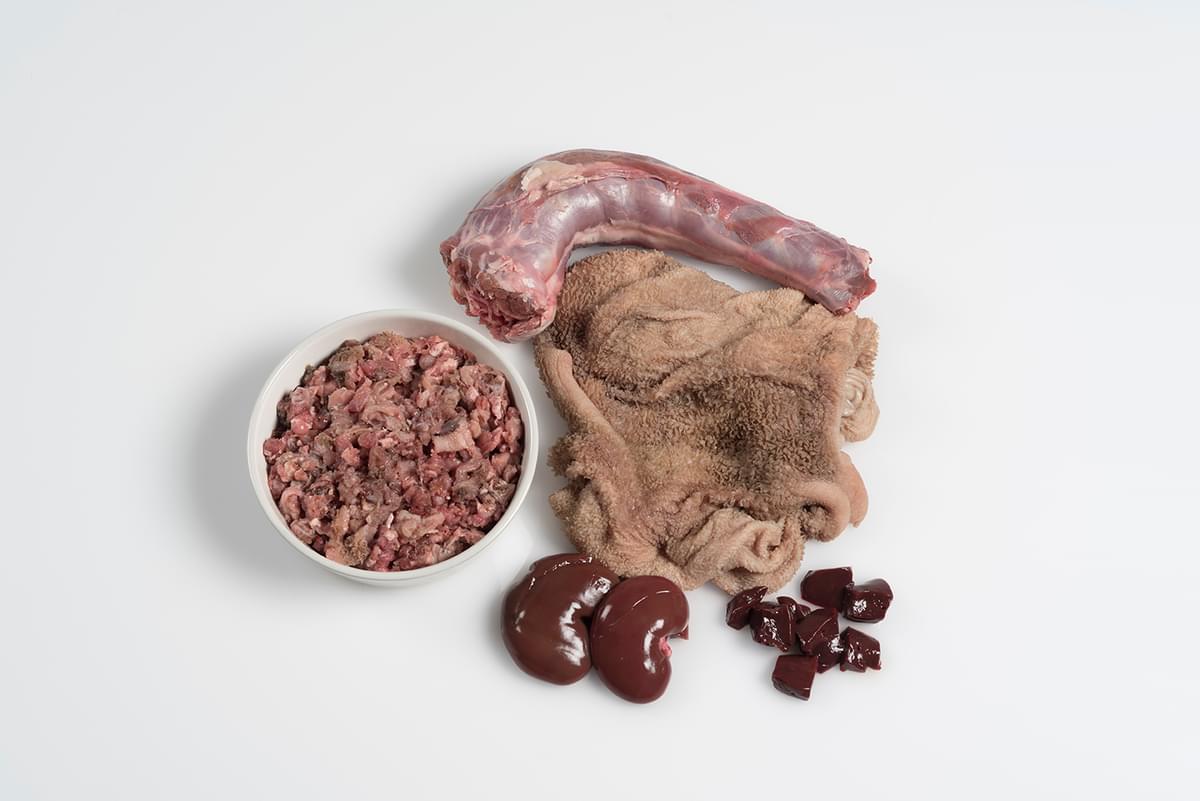
So something is happening but most of us are not sure exactly what. Lennarella-Servantez, found raw meat and bone diets repair the intestinal integrity and barrier function in gut sick dogs. I suggest that is one crucial part of it. By healing the gut, we facilitate the animal to repair itself. To put it simply - with the forcefield back up, suddenly every day challenges like dust and pollen are no longer a major issue.
The conventionally-trained vet will never come to this conclusion. Like a fireman trying to stop the smoke coming out the windows of a burning building, the tendency today is to focus on the symptoms with powerful medications. We must get the hose inside first and then see what damage remains.
Studies show the most common food allergens in dogs are wheat, beef, chicken and dairy products while in cats it’s chicken, beef, and fish (Muller and Olivry 2016). However, kibble can offer no long-term solution to their avoidance your allergy dog. When single protein diets were offered to 40 dogs with suffering food sensitivity, it was found that 95% could be maintained free of pruritus on one of the diets, although 48–85% relapsed soon after (Leistra et al. 2001). Here are five reasons why:

STEP 1 ENSURE THE DOG LIKES AND IS OK ON THE FIRST MEAT...
No point buying a heap of raw only for them to turn his nose up at it! So start with a pinch of raw turkey mince mixed well into their normal food (and put a little blob on the side...see if they go for it). Next meal increase the dose. Make sure a) they like it and b) it doesn't give them the bum rush (we are aiming for poos that are 9 or 10 out of 10. They certainly shouldn't get worse. If it does make them worse for more than a couple of meals, try something else.
STEP 2 BEGIN WITH A LITTLE FAST...
Fasting is great for gut sick dogs (think about hooking up a trailer to a car belching out black smoke!). We want to give the dog at least a 24hr fast before starting off (pups can skip one meal, maybe two). Get rid of all the gunk on his insides. Leave out regular water (in a non plastic bowl....do everything you can to clean up your approach for a month or two...) and a bowl of "electrolyte water" (a spoon of local honey and good pinch of fancy, unprocessed salt dissolved in – no dosage needed, the dog will take what he wants of it).
STEP 3 START WITH BROTH...
Start gut sick dogs off on a very simple meaty broth - there's a reason we all used to eat chicken soup when sick. It's simple, very nutritious and the broth process leaches out all the building blocks he needs right now to rebuild that ruined gut lining (collagen, glucagon, glutinane, hyaluronic acid, glucosamine, chondroitin etc). Use the bones from the animal you are feeding initially. Let's say we start with turkey. I would take apart a whole turkey and keep at least one of the breasts for treats (only treats he can have are the same meat in his dinner). Rough chop the rest and boil it up, simmer for 8-10 hours. Remove cooked bones, simmer off the excess water, mix and store.
STEP 4 SHIFT ON TO RAW DOG FOOD WITH A COUPLE OF ADDITIONS...
After 2-3 days on meaty broth his poos should already be drying up. His itch may already be subsiding. Once you see any sort of improvements you begin sneaking in some of the single protein raw dog food your have ready.
In my opinion, you need to keep the “additions” in these dogs to a minimum. With mysterious “allergies” they say it's like you're in a dark room with a lot of bad people and you don't know who's punching you. You need to narrow down the suspects drastically. So, once on the raw and all is well, I recommend you add in just two additions – the first is some probiotics (best are probably BioKult in the health store, designed for troubled guts and no, canine probiotics are not necessary, when you compare the two, you will see they are not so different at all, in fact BioKult are better and often more effective).
I would also add in Biofunction8. A shameless plug for my own product this but the fact remains this was designed for this occasion as this is what I spend all day talking to worried dog owners about. The organic German chamomile tells the gut to relax. Marshmallow increases the mucous layer where the probiotics live. Various seaweeds give the dog a nutritional boost while also being anti-inflammatory.
STEP 5 CHALLENGE HIM
Weeks down the line (4-6?) we need to start asking questions of the now fitter dog. Let's say we're going to lamb next. First test him with some raw lamb mince (spoon each meal, building slow) before going off and buying lamb raw dog food. If we make it on to that I would jump from one single protein raw dog food to another (lamb to beef to duck or whatever), keeping a “poo and paw” diary of your progress. If something doesn't work and you've only changed one protein, you know where to point your finger.
Note 1 If a protein doesn't work, don't push it for too long. Fast, retreat to previous diet that works (or simply feed something simple like tins of pacific salmon and porridge, my go to for a good poo) and move on to the next one after a few days.
Note 2 Just because the raw version of a protein doesn't work it doesn't necessarily mean a) the cooked will have the same effect or b) raw won't be OK later. Remember, we think we can put intolerances back in the box. Simply make a note raw did it this time and test a cooked bit another time.
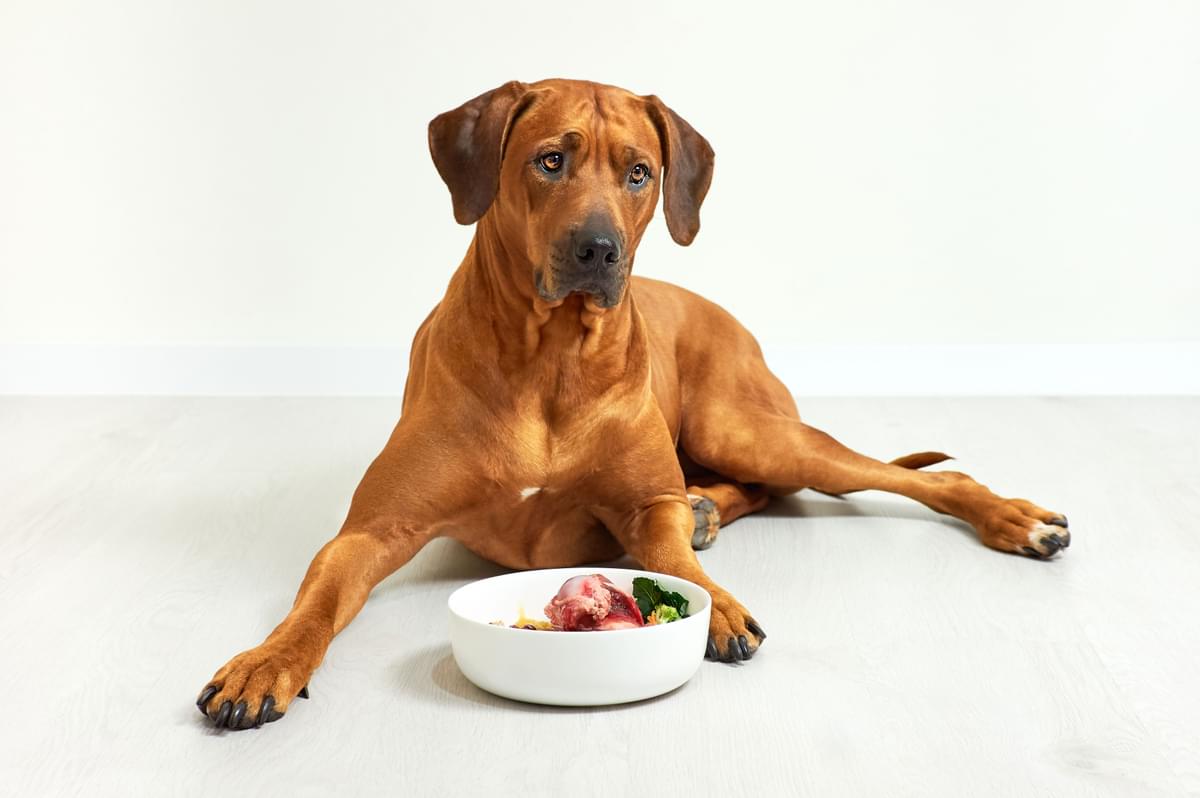
1. Stay away from all those unnecessary chemicals (flea and worm control, boosters, leptospirosis, kennel cough etc etc) for the duration of the trial. His system needs a day off!
2: Allergy tests are not reliable. Saliva tests have major issues (testing different hairs from the same dog produced vastly different results when we tried it). But even blood tests are highly misleading. If something IS detected in a blood test as a potential allergen it is only 15% accurate for true allergies (35% for intolerances). If it IS NOT on the list it is slightly better at 81% for allergies (84% for intolerances). This will surprise a lot of people. They are best a guide, but even then. We want to know what works and what we need to steer clear of for life. This is why a well conducted exclusion diet is the only definitive option. It's easy, definitive and costs you nothing!
3: It is important to keep up whatever pills you have been prescribed for the short term and please finish any courses of antibiotics that your vet has invariably prescribed up to this point. However, immunosuppressants are turning off our smoke alarms (bioindicators all is not well). Instead of supressing these we will be guided by them. With the guidance of your vet, you can start very slowly coming off any anti-inflammatories by a few days into their new food. Slow is key with these drugs, for example if on one tablet, reduce by a quarter every two days.
4: Make sure they’re getting chlorine-free water for the whole process. Water from your tap contains chlorine and chlorine is there to kill bacteria. Your gut flora will be washed in the very same. Thus, as an extra step to consider is what water you are giving him. Filtered water is great. Distilled water (boiled then cooled) fine too. Also reconsider your use of anti-life on the floors etc. Might be a good time to move to some probiotic house cleaners.
Good luck. If you need a little hand holding, you know where to find us.


Guest Blog: Anna Webb
Hemp seed and hemp seed oil are a powerhouse of health that's good for the planet, biodiversity and your dog. Find out why here.
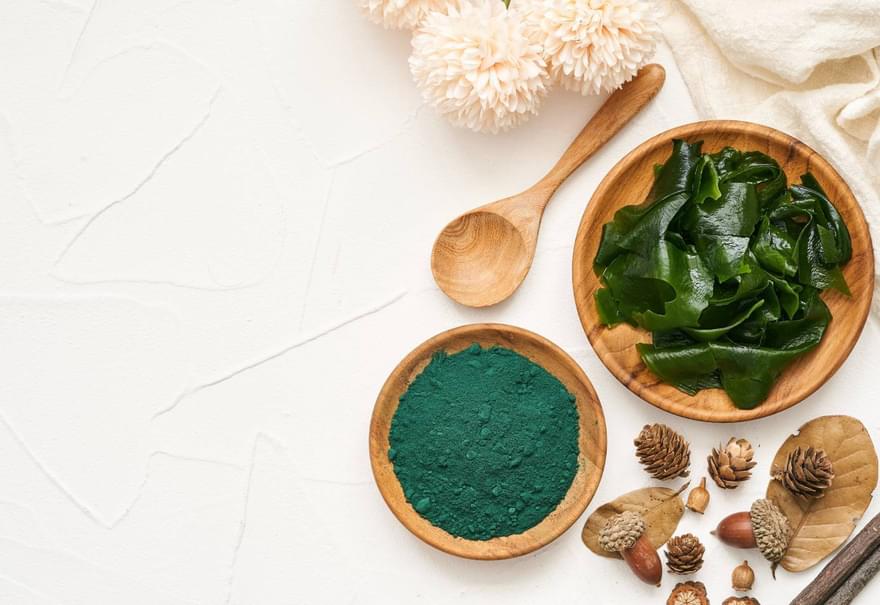
Guest Blog: Anna Webb
Sea vegetables help sustain ecosystems, boost the planet’s oxygen supply, could these ‘veggies’ be good for dogs?
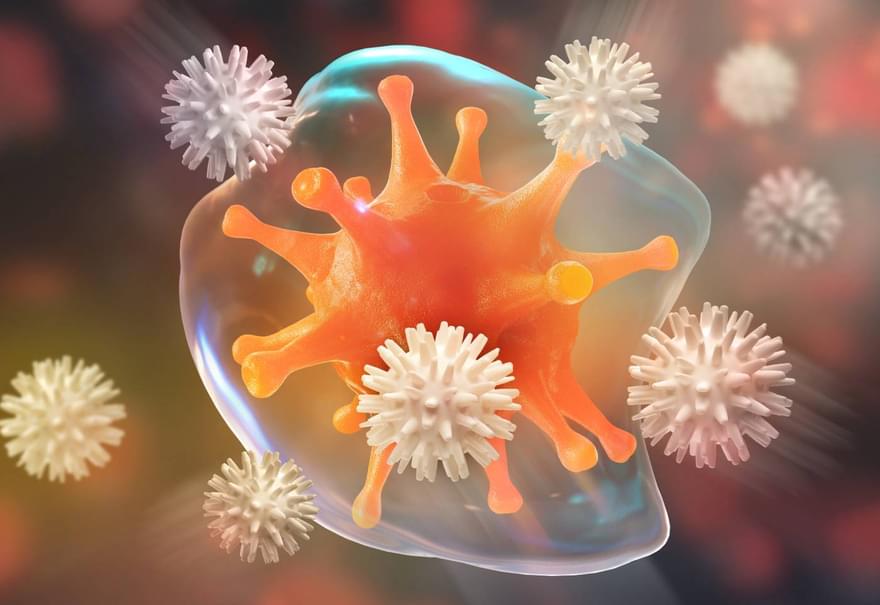
Your dog's body is a sophisticated arrangement of organs, cells and proteins all tasked with safeguarding the body from infections. So what is the best way to support this unique system?